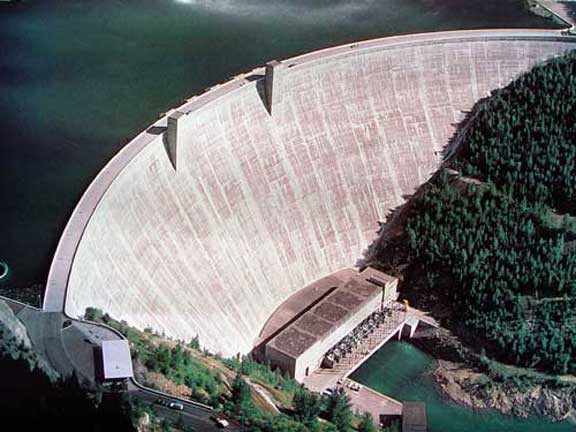Concrete and CO2

He wanted to know things that most people struggle with, e.g., if CO2 is a gas, how can it have weight? It floats about in our atmosphere, and if I put a bottle of it on a scale, the only reading I would get from the scale would be the weight of the bottle itself.
All understandable. I did the best I could at explaining high school chemistry, and he seemed genuinely grateful.
Finally, he asked me why concrete plants are point sources of CO2 emissions. I understand that the issue here is not concrete per se, but cement, the ingredient that binds concrete together. Beyond that, however, I was lost.
I gave him my card, told him that I would research this upon my arrival, write a blog post on it, and invited him to check out the blog later in the day, or tomorrow at the latest.
From this:
When evaluating the carbon footprint of concrete pavements, it is important to recognize the difference between cement and concrete. While cement is an energy-intensive product, concrete is actually one of the world’s most CO2-
efficient and sustainable construction materials.
CO2 emissions from a cement plant are divided into two source categories:
• Combustion (40 percent of emissions)
• Calcination (60 percent of emissions) – the thermal treatment of a solid chemical compound whereby the compound is raised to a high temperature without melting under a restricted supply of ambient oxygen, generally for the purpose of removing impurities or volatile substances and/or to incur thermal decomposition
The combustion-generated CO2 emissions are related to fuel use. The CO2 emissions due to calcination are formed when the raw materials (mostly limestone and clay) are heated to more than 2500°F and CO2 is liberated
from the decomposed minerals.
Now we both know.
